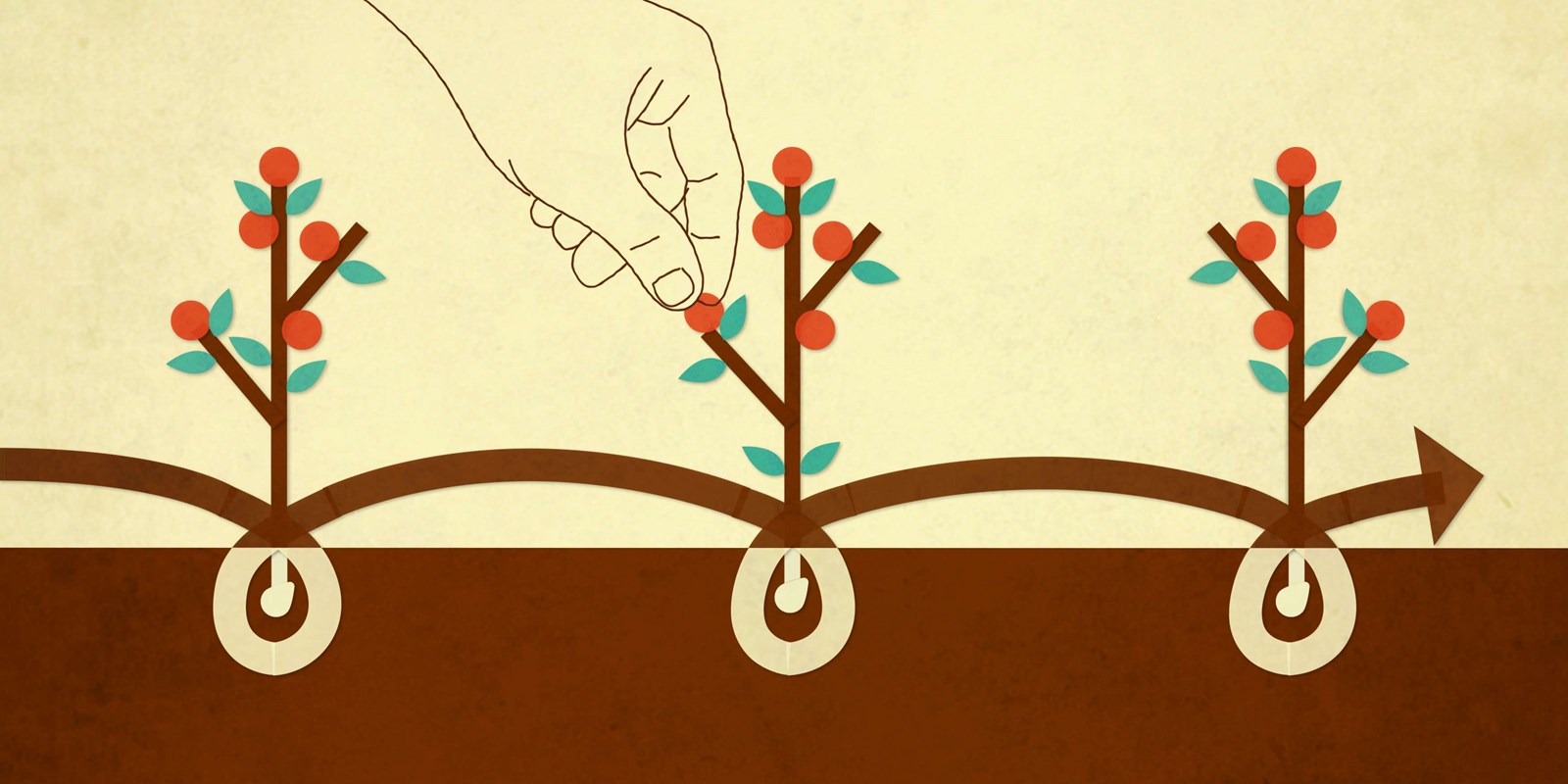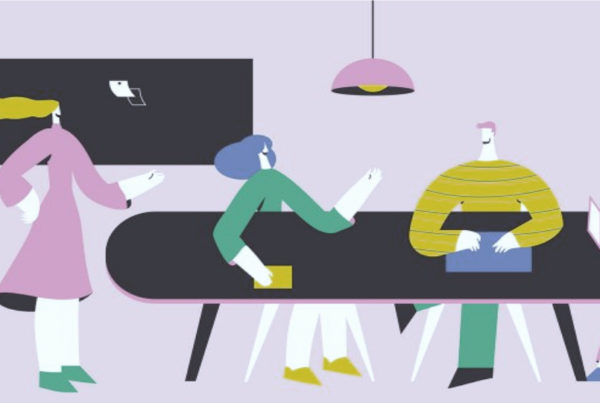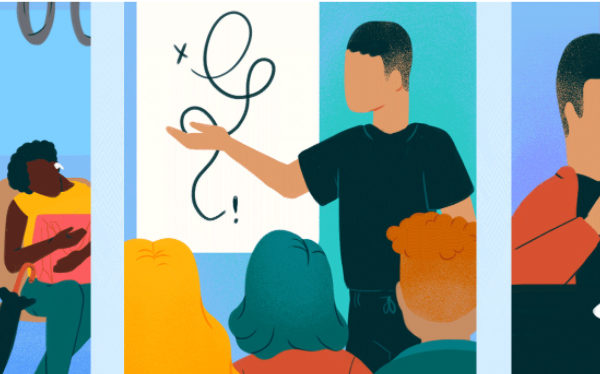Have you ever experienced a campaign that fell short of its goal? An event that was poorly attended? Board members who avoided fundraising? Low engagement has many causes. The five-step method known as design thinking is one solution.
Design thinking directly engages Donors and prospects to develop new fundraising approaches. Working in pairs or small teams, people solve a specific challenge through inquiry, storytelling and prototypes. The result: fresh, unexpected ideas, and partners who are committed to making those ideas a success. Here are three stories about how philanthropy thrives with design thinking.
Deepening Board Engagement
This nonprofit’s CEO knew their programs needed to grow to better serve local children. That growth meant doubling donations over the next three years. One of her challenges was a Board with no history of fundraising accountability. The Board Chair and CEO agreed to focus their annual retreat on raising member engagement in fund development, using a design thinking approach.
The afternoon began with a hands-on activity where participants worked in pairs and discovered their own ideal Donor cultivation experience. In small group dialogue, each person identified one cultivation activity that they would feel comfortable bringing to potential Donors. Then the larger group came together to share and prioritize those activities using a tool called an impact canvas. This canvas became the roadmap to a three year fundraising strategy with extensive Board engagement.
By the end of the retreat 100% of the Board members committed to participating in Donor development, and one third of those members volunteered to ask for gifts in support of new programs.
“Thank you for leading a wonderful day on Friday. It brought thoughts to the surface I might not have otherwise considered. It was a very thought-provoking technique that was highly productive in a short period of time.”
Board Chair
Exploring a Strategy’s Feasibility
“We loved your workshop and your strategic approach. Looking forward to your follow up and suggested next steps. I can’t thank you enough for all your support!”
Regional Nonprofit CEO
A regional nonprofit’s leaders hoped to increase planned gifts through a stronger partnership with finance and legal professionals. They liked the idea of building a resource center where prospective Donors and advisors could meet, and explore giving opportunities together. The leaders decided to test that idea’s feasibility with a design thinking workshop.
A group of 24 financial planners and estate attorneys used design thinking methods to explore their personal perspectives on learning about philanthropy. After sharing their insights, the group discussed how a physical resource center might resonate with estate planning Clients. The group communicated a strong preference to meet with those potential Donors in their own private offices. However, they surfaced a new opportunity: to become the trusted provider of philanthropy education. This gave the leadership team a different direction to explore. Just as important, it opened a trusted dialogue with potential partners.
In just two hours, this nonprofit’s leaders gained invaluable advice on how they might focus strategic efforts to partner with their region’s estate planning professionals.
Designing New Donor Experiences
Challenged with doubling fundraising over five years, a large health system’s Chief Development Officer believed the organization should begin by redesigning their Donors’ charitable giving experiences. Three foundations participated in a study that engaged over 100 Donors and prospects. These individuals actively participated in a design thinking process that included empathy workshops, storyboards and prototype feedback.
For the foundation supporting cancer research, three common Donor desires emerged: a highly personal experience; the chance to meet like-minded people; and seeing the results of their gifts first-hand by interacting with those who benefit. Foundation leaders took these insights to heart. Inspired by the positive response to one particular prototype, they redesigned their traditional gala to feature science labs hosted by research scientists. Attendees were able to learn first-hand about the equipment and people funded by philanthropy.
This new Donor experience was successful far beyond expectations: gifts that evening more than doubled from previous years, to nearly $1,000,000.
“Because of Cibola’s tremendous work, we learned an innovative process that will help us achieve the daunting goal to double funds raised in the next five years. I continue to be in awe – not only for your expertise and leadership, but also for your passion.”
National Nonprofit CDO
Design Thinking Mindsets
While these three nonprofits had quite different goals, their positive outcomes spring from a common source. Using design thinking methods and mindsets, each fundraising team was able to develop and test new ideas with those people who are most critical to their success: Donors, Boards and partners. In fact, each team embraced three all-important mindsets that complement design thinking methods.
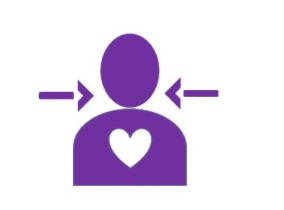
Continuous Donor Engagement
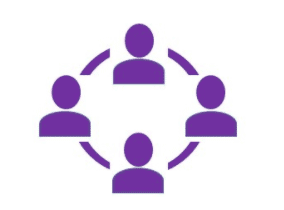
Multi-disciplinary Teams
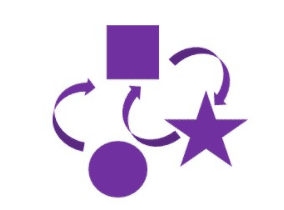
Repeated Building and Testing
The first of those mindsets is continuous Donor engagement: understanding their perspectives, hearing their ideas, and testing prototypes with them. The second mindset is multi–disciplinary teams: inviting a diverse group to work together, and giving each person an equal voice. The third mindset is repeated building and testing: trying out many different ideas and building on Donor feedback.
Whether you’re ready to fully embrace design thinking, or simply curious about approaching philanthropy in a new way, these three mindsets are a perfect place to begin. It’s not enough to simply ask Donors what they want and need. Working together to create new experiences, you will engage Donors at a new, much deeper level. Then you, too, can see your philanthropy thrive with design thinking.
©2020 Lisa Perrine

